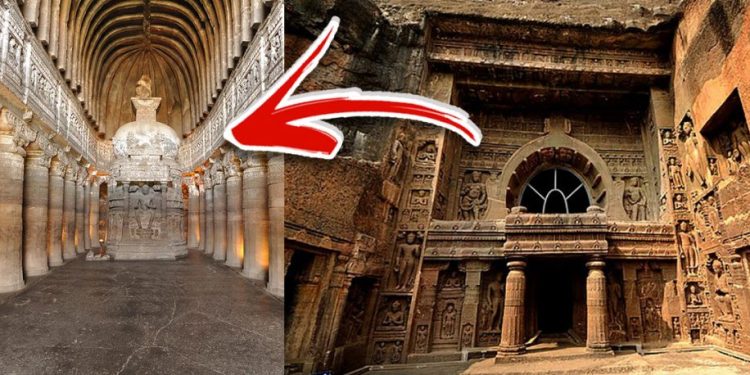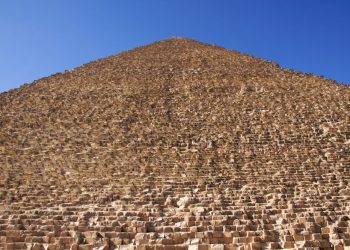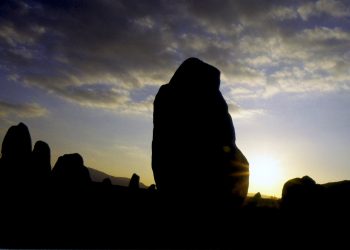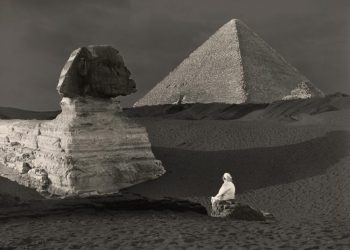Starting around the second century BC, in the Aurangabad district of Maharashtra state of India, the ancients decided to create a series of rock-cut caves and monuments that would later be used as places of worship. Known collectively as the Ajanta Caves, 30 rock-cut chambers constitute one of the most amazing monasteries and worship halls of different Buddhist traditions. Carved into 250 walls of rock, the mesmerizing caves were adorned in ancient times with paintings and rock-cut sculptures described as the finest surviving examples of ancient Indian art, particularly expressive paintings that present emotion through gesture, pose, and form.
The rock-cut Ajanta caves, built in two phases
Among other things, the caves, built in two phases, present paintings depicting the past lives and rebirths of the Buddha. Few surviving texts detailing the caves tell how the chambers served as a monsoon retreat for monks and a resting site for merchants and pilgrims traveling the region. The rock-cut monasteries remained hidden from the Western world, covered in dense jungles, until an officer from the British Army, John Smith, uncovered them by accident. Smith was pursuing a tiger across the jungle when he stumbled across a mysterious cave with a small entrance through the vegetation.
A massive collection of caves
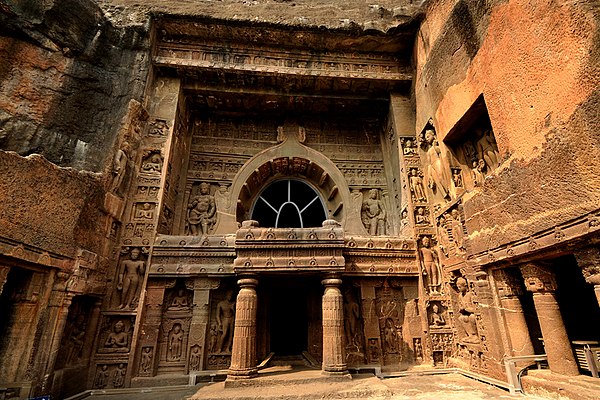
What was initially thought to be only one cave was later found to be a collection of 30 massive chambers carved into the bedrock in the distant past. Each cave is unique and home to intricate and beautiful carvings, paintings, statues, massive Buddhist pillars, and intricately decorated walls. Interestingly, some authors have come forward with theories suggesting the Ajanta caves were not just rock-cut monasteries but astronomical observatories that align with the solstices and other cosmic events. Furthermore, some authors have argued that the arrangement and design of the caves are not random and follow a specific pattern.
A treasure trove of history
They propose that certain dome-shaped caves contain Stupas with the Buddha carved in them, which are arranged in such a way as to be in line with solstices. One, called Cave 19, is believed to be precisely oriented to the winter solstice. On that day, the sun goes through the opening on the top front of the cave illuminating the stupa in the back of the cave. Cave number 26 is believed to be oriented to the summer solstice, and on that particular day, the sun illuminates the stupa in this cave. Scholars argue that for the ancients to build such precise monuments carved into the bedrock, they must have used extremely precise calculations and tools to orient the caves to the solstices as they did.
Have something to add? Visit Curiosmos on Facebook. Join the discussion in our mobile Telegram group.



